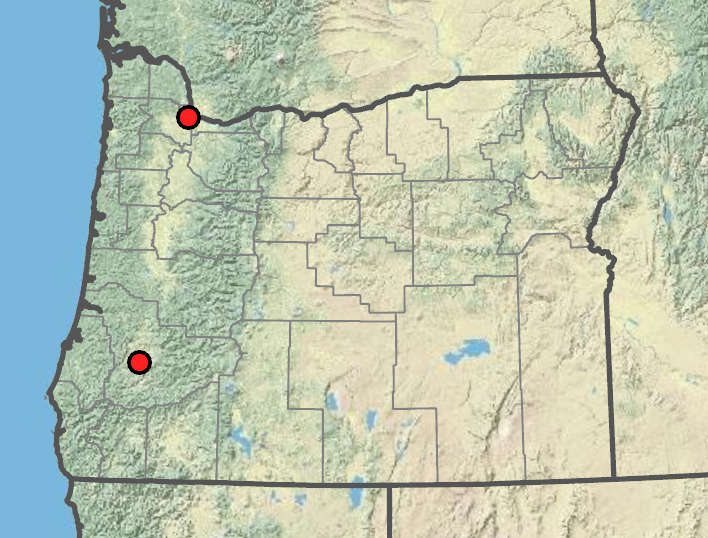Phalaris paradoxa
hooded canarygrass
not swollen at the base.
blades 5–10(15)cm × 2–5 mm.
obovoid to clavate, tapering at the base, rounded to truncate at the top, 3–9 × approximately 2 cm;
spikelets in clusters consisting of 1 terminal pistillate or bisexual spikelet surrounded by 5–6 staminate (or rarely sterile) spikelets;
branches obscure;
pedicels with stiff spreading hairs;
disarticulation beneath the spikelet cluster.
of 2 types; some staminate or sterile; others bisexual or pistillate;
florets 3; lower 2 florets sterile.
of staminate or sterile spikelets usually narrowly winged and to 9 mm; widest near the tip, those of the spikelets at the base of the panicle reduced to knobs of tissue terminating the pedicels, glumes of pistillate or bisexual spikelets 5–8 × approximately 1 mm;
keels winged;
wings 0.2–0.4 mm wide and forming a single prominent tooth;
tips unwinged, acuminate to awned; awns approximately 0.5 mm.
knob-like projections, 0.2–0.4 mm on the callus of the fertile floret, often with 1–2 hairs.
of all spikelets 2.5–3.5 mm;
lemmas hard; shiny, glabrous or with a few short hairs near the tip.
1.5–2.5 mm.
=14.
Phalaris paradoxa
Disturbed areas. 0–200m. Sisk, WV. CA, ID, WA; sparsely scattered in North America; Mediterranean and worldwide around harbors and ballast dumps. Exotic.
Phalaris paradoxa has a strong superficial resemblance to P. aquatica, but the spikelets are borne in clusters and each glume has a single large tooth. The plants superficially resemble Phleum or Alopecurus.
Barbara Wilson, Richard Brainerd, Nick Otting
- Local floras:
CA,
OR,
WA
- Local Web sites:
CalFlora,
CalPhotos,
Flora NW,
PNW Herbaria
WildflowerSearch
iNaturalist (observations)
USDA Plants Database
- LBJ Wildflower Center
- SEINet
- Plants of the World Online
- Encyclopedia of Life
- Wikipedia
- Google Image Search


